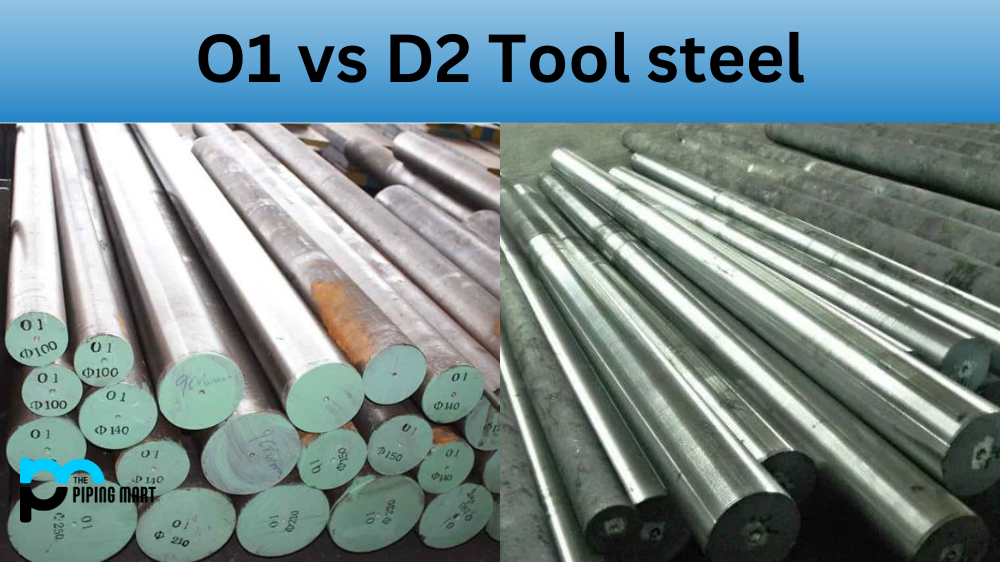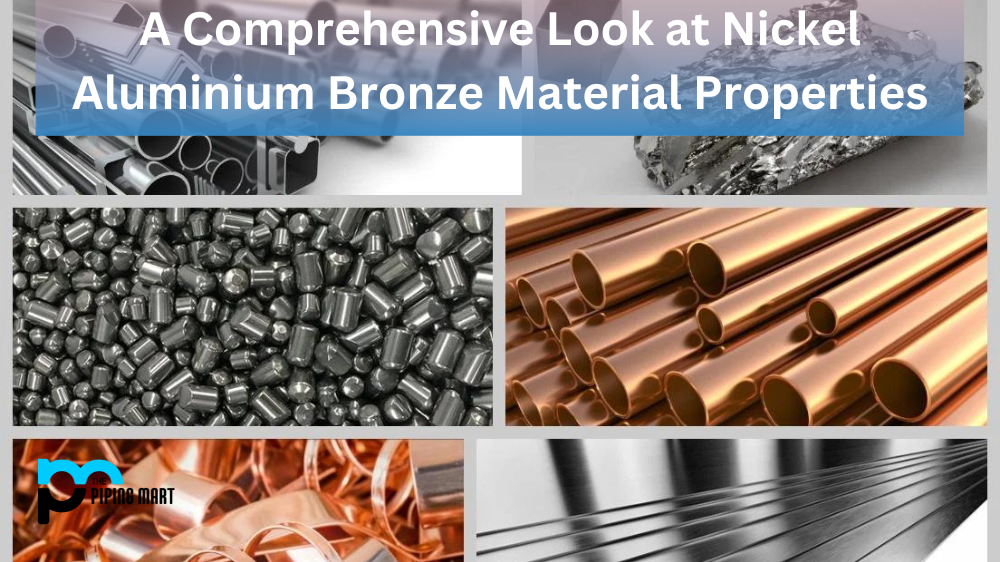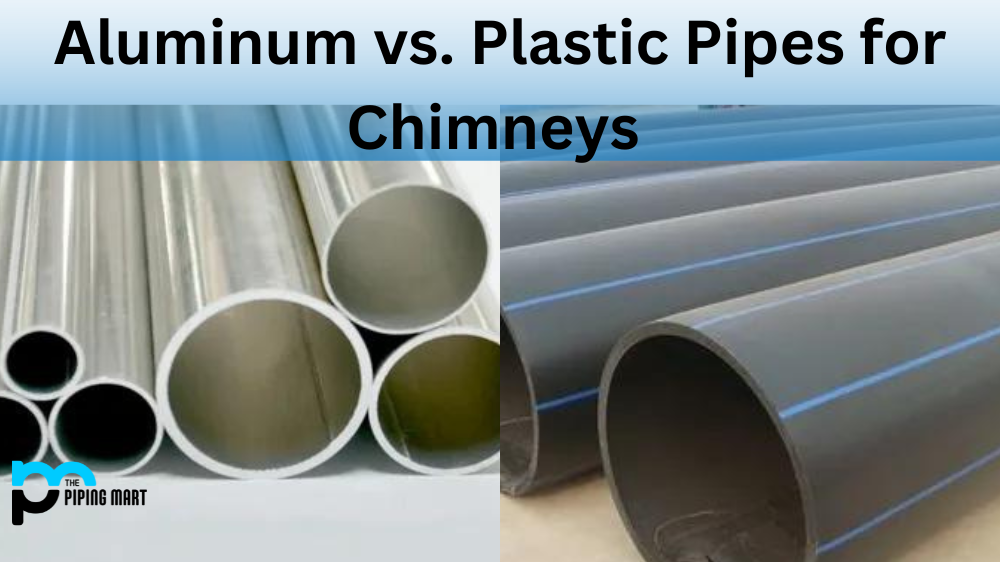If you work with tools, you know there are hundreds of types of tool steel out there. But when it comes to blades, two of the most popular varieties are o1 and d2 tool steel. So, what is the difference between these two types of steel? Let’s take a look.
O1 Tool Steel
o1 tool steel is an oil-hardening tool steel characterized by its good wear resistance and toughness. It has good machinability compared to other alloy steels, meaning it can be easily molded into shape. This makes it ideal for knives because it can easily be sharpened without losing shape or dulling quickly. It also has excellent shock resistance and can withstand high impacts without breaking. The downside to o1 tool steel is that it is prone to corrosion if not properly cared for. O1 tool steel is a type of oil-hardening cold-work steel that has a relatively low carbon content. It is known for its excellent machinability and wear resistance. Additionally, O1 tool steel is easy to heat treat and can be used for various applications, including cutting tools, punches, dies, and more.
D2 Tool Steel
d2 tool steel is an air-hardening tool steel characterized by its high carbon and chromium content. This gives it a greater degree of wear resistance than o1, making it ideal for applications where a blade will be subjected to extreme wear and tear over time. However, this also means that it is much harder to sharpen than o1 due to its high hardness level. Additionally, d2 does not have as good shock resistance as o1, so it may break if exposed to intense impacts or shocks over time.D2 tool steel is a type of air-hardening cold-work steel with a relatively high carbon content. It is known for its excellent wear resistance and toughness. Additionally, D2 tool steel is easy to heat treat and can be used for various applications, including knives, cutting tools, dies, and more.
Difference Between O1 and D2 Tool Steel
O1 vs D2 Tool Steel: Composition
The main difference between O1 and D2 tool steel lies in their composition. O1 tool steel has a lower carbon content than D2 tool steel, which gives it better machinability but poorer wear resistance. Conversely, D2 tool steel has a higher carbon content than O1 tool steel, which gives it better wear resistance but poorer machinability.
O1 vs D2 Tool Steel: Hardness
Another difference between O1 and D2 tool steel lies in their hardness. O1 tool steel is typically softer than D2 tool steel, making it easier to machine but less resistant to wear. Conversely, D2 tool steel is typically harder than O1 tool steel, making it more resistant to wear but more difficult to machine.
O1 vs D2 Tool Steel: Applications
O1 and D2 tool steels can be used for various applications; however, they are typically used for different purposes due to their different properties. For example, O1 tool steel is often used for cutting tools and punches due to its excellent machinability, while D2 tool steel is often used for knives and dies due to its excellent wear resistance and toughness.
O1 vs D2 Tool Steel: Heat Treatment
O1 and D2 tool steels can be heat treated to improve their properties; however, they must be heat treated differently due to their different compositions. For example, O1tool steel must be heated slowly and cooled slowly to avoid cracking or warping; whereas D2tool steel must be heated quickly and cooled quickly to achieve the desired properties.
Conclusion:
When choosing between o1 and d2 tool steel for your knife blades, consider their respective benefits carefully before deciding. O1 offers better machinability and shock resistance but may corrode over time if not properly cared for, whereas d2 offers better wear resistance but may break under extreme conditions due to its higher hardness level. Make sure you pick the right one for your needs!

A passionate metal industry expert and blogger. With over 5 years of experience in the field, Palak brings a wealth of knowledge and insight to her writing. Whether discussing the latest trends in the metal industry or sharing tips, she is dedicated to helping others succeed in the metal industry.




